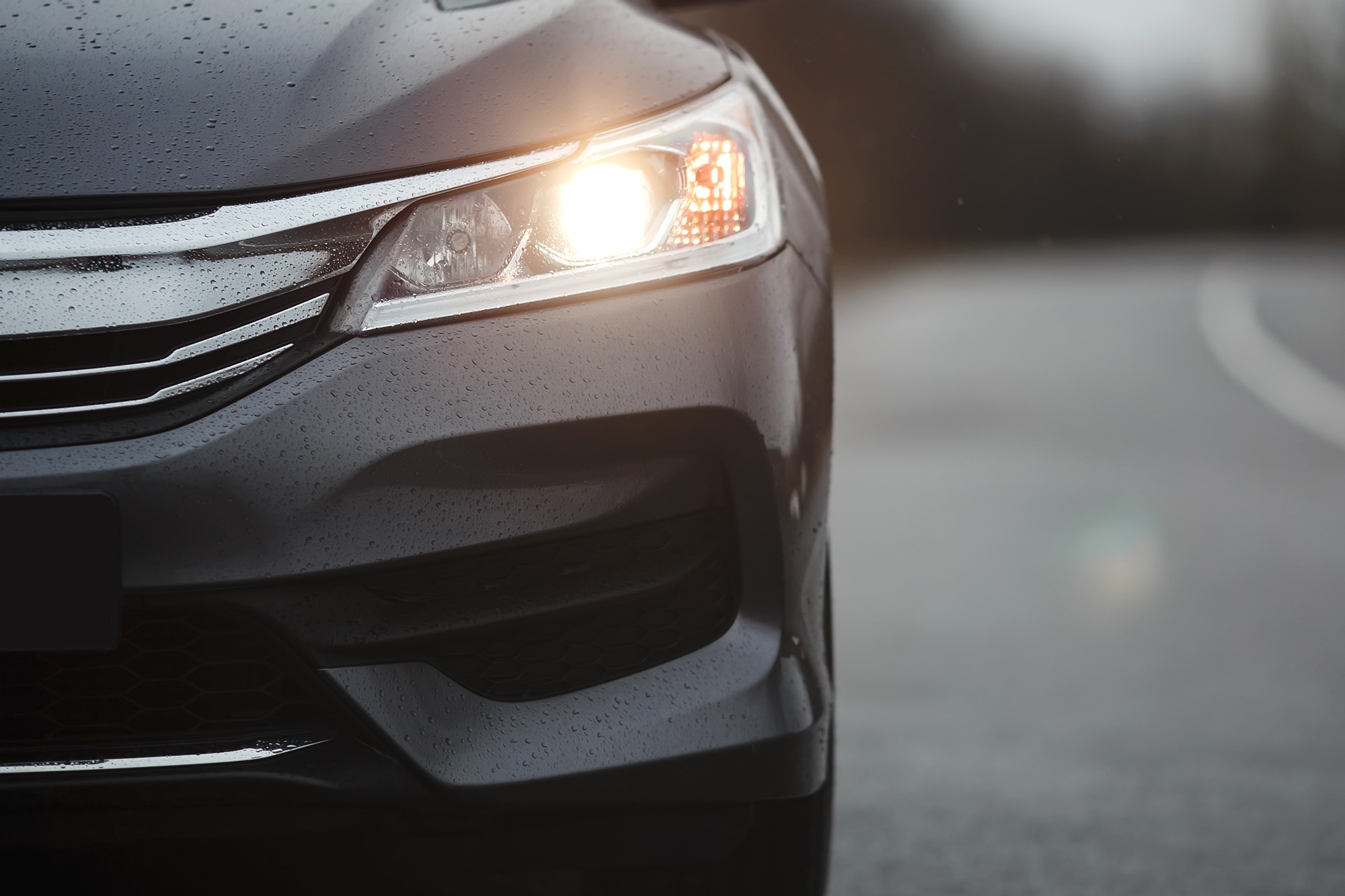Your Car's Headlights are a Safety Feature You Shouldn't Ignore
Choosing the right lights on a new or used vehicle can help drivers avoid danger on the road.
 Shutterstock
Shutterstock
While only one-quarter of our driving occurs at night, half of all traffic accidents in America occur during those hours. Especially for drivers outside of urban areas where roadside illumination is poor or non-existent, bright and clear headlights provide an improved margin of protection against accidents. They also serve to keep motorists visible during the day, further reducing accidents in regions where headlight use is mandated at all times.
Advanced lighting designs rank near the top of the many safety technologies on the modern automotive market. In recognition that not all headlights are created equal, the Insurance Institute for Highway Safety (IIHS) began rating headlight systems in 2015. To qualify for its Top Safety Pick+ award, a vehicle's low beams must provide at least 325 ft. of illumination while protecting oncoming drivers from being blinded.
With United States regulations changing to allow manufacturers to install better headlight technologies, understanding how the right lights can better protect you and your passengers is an important part of any new vehicle purchasing decision.
Different Designs, Different Brightness
There are several tiers of headlight design available on the current market. Base model automobiles typically use halogen headlights, with the next step up being high-intensity discharge (HID) lights that heat xenon gas rather than a traditional lighting filament.
Brighter still are light-emitting diodes or LED headlights that combine more light with reduced energy use, followed by laser headlights that focus laser beams via a set of mirrors to produce intense illumination.
Adaptive Headlights Add Safety
IIHS test data found that nighttime crash rates per mile are nearly 20 percent lower for vehicles with headlights that earn a "Good" rating compared with those with poor-rated headlights. There are other factors, however, that can further improve the protection provided by automotive lighting.
Adaptive headlight technologies also reduce accident rates. These systems include moving the headlight beam in the same direction as the steering wheel and automatically dimming or brightening high and low beams. As such, the IIHS considers these features when rating a vehicle's lighting system.
As of 2022, the National Highway Traffic Safety Administration has approved the use of “Smart” headlights that use a new headlight technology called Adaptive Driving Beam (ADB) headlights. ADB makes use of a computer controller to “reshape” a beam of light continually, which means the area directly in front of the vehicle stays bright while shielding oncoming traffic from glare, all with no intervention from the driver. They can also reduce reflections from rain, snow, and fog to improve overall visibility.
ABD is already in use outside of the U.S., but due to older laws regarding high and low beam designs, it was not legal in America until recently. Expect to see more models with this technology in coming years, starting on luxury models and high-end trims at first.
Good Headlights are Worth the Upgrade
When choosing the safest headlights for your next vehicle, the data is clear: it's worth upgrading your headlights to improve safety out on the road.
The LED projector headlights available on high-end trims of the 2022 Hyundai Kona illuminated almost 450 ft. on the right side of the road in the straightaway test for low beams, earning a Good rating from the IIHS. The small SUV's base trim halogen projector low beams only illuminated less than half that distance and received a “Poor” rating.
Making an informed choice about which vehicle trim to purchase should include an understanding of the headlight technology that it comes with, in addition to any other safety features bundled together.
Written by humans.
Edited by humans.
 Benjamin Hunting
Benjamin HuntingBenjamin Hunting is a writer and podcast host who contributes to a number of newspapers, automotive magazines, and online publications. More than a decade into his career, he enjoys keeping the shiny side up during track days and always has one too many classic vehicle projects partially disassembled in his garage at any given time. Remember, if it's not leaking, it's probably empty.
Related articles
View more related articles